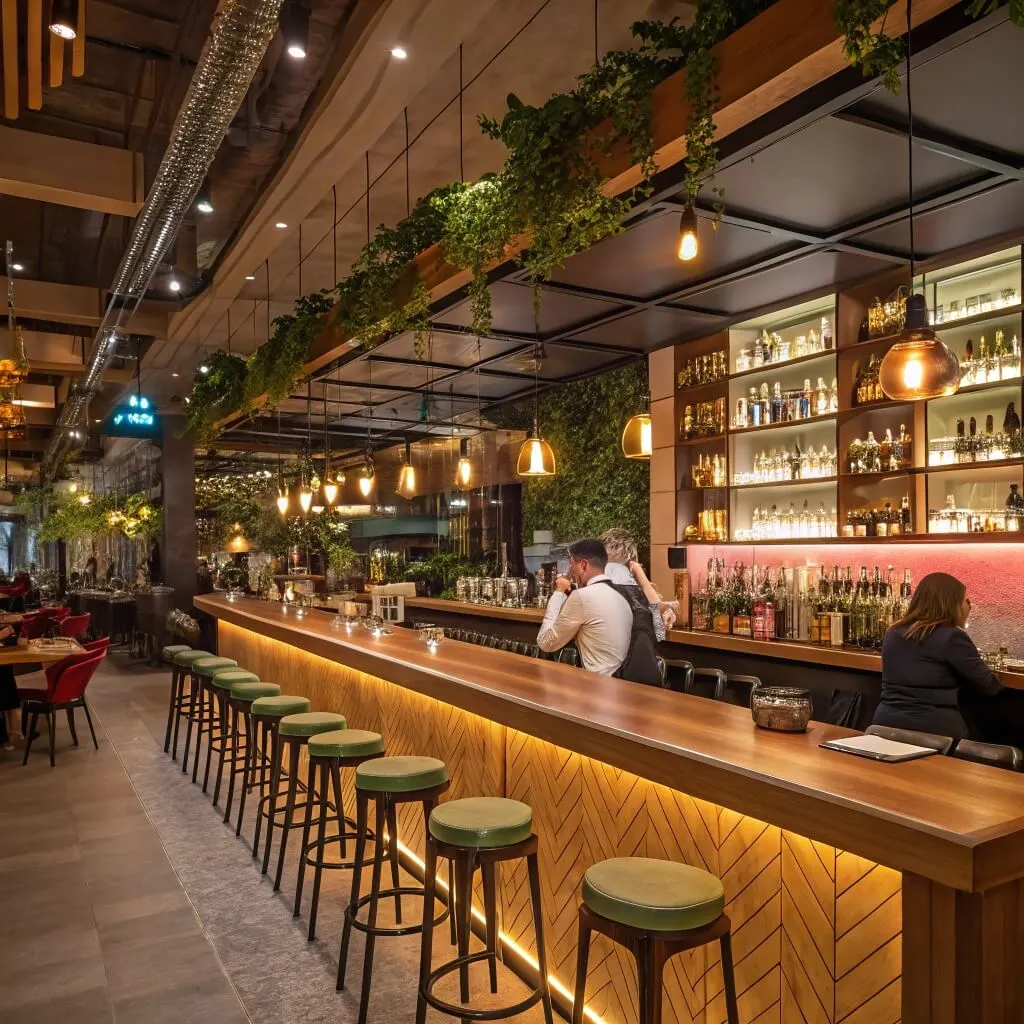There’s nothing worse for a bartender — or a guest — than a foamy, warm beer that should’ve been crisp, cold, and satisfying. If you’ve ever poured a pint only to watch half of it turn into froth, it’s not just bad luck — it’s usually a systems issue.
Let’s lift the lid on what’s happening behind the bar, and why the equipment you choose plays a much bigger role than you might think.
The Real Reason Your Beer Isn’t Pouring Right
Most beer service problems come down to temperature control. Beer is delicate. Once it leaves the keg, it needs to stay at a consistent temperature until it hits the glass. A few degrees warmer and you’ll see foaming, off-flavors, or flat pours. This is especially critical in long-draw systems, where beer travels 25 feet or more from the walk-in cooler to the tap.
You might ask, how do glycol chillers work in this setup? A glycol chiller is a refrigeration system that pumps a cold glycol-water mixture through insulated lines running alongside the beer lines. This coolant keeps the beer cold for the entire trip from keg to faucet — so every pour, regardless of distance or room temperature, stays fresh and perfectly chilled.
Why Tower Design Matters Too
If you’re running a compact bar or planning a streamlined draft line setup, don’t overlook the tower. It’s more than just a visual centerpiece. A well-designed tower keeps beer cold, prevents condensation, and offers efficient pouring without waste.
Among the most popular formats are T-Style Towers. These are named for their horizontal layout — like a capital “T” — offering multiple faucets in a compact, symmetrical build. They’re ideal for bars that want a balanced look with high service capability. Plus, many T-style towers are glycol-ready, which means your beer stays cold right up to the tap.
Best Practices for Cold, Consistent Draft Beer
To deliver consistently perfect beer, it’s not enough to just install equipment — you need to maintain it properly. Here are a few proven tips:
- Clean your draft lines regularly. Dirty lines lead to off-flavors and foamy pours.
- Monitor keg cooler temperatures. Keep beer between 36°F and 38°F for optimal freshness.
- Insulate all beer lines, even inside the bar, to prevent short-term warming.
- Balance pressure and temperature. Over-carbonated or under-pressurized beer will always result in poor pours.
Proper staff training is also key — the best equipment can’t compensate for improper pouring or inconsistent keg changes. Make sure your team knows the system, not just the tap handle.
Final Thoughts
Serving excellent draft beer consistently is equal parts art and equipment. While technique matters, your system must do the heavy lifting. Investing in a reliable glycol chiller and a high-quality tap tower — whether you choose a T-style or another configuration — helps ensure every pour lives up to the brewer’s intent.
The next time you enjoy a clean, crisp pint with a perfect head, remember: it’s not just the beer that made it great — it’s the science and system behind the bar that made it possible.
Looking to upgrade your draft system or build from scratch? Talk to a draft beer equipment specialist to get expert recommendations tailored to your venue, volume, and layout.
